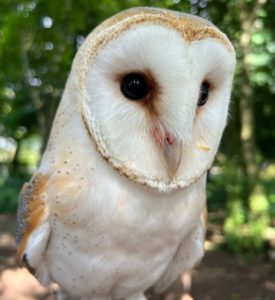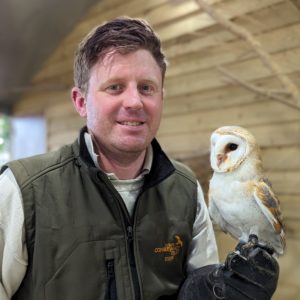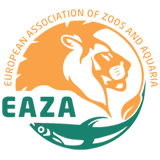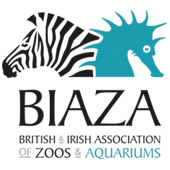Dr Campbell Murn, Head of Conservation, Research and Education at the Hawk Conservancy Trust, together with an international team of researchers has revealed how Africa’s savanna raptors are facing an extinction crisis.
The research, published in the journal Nature Ecology & Evolution on 4 January 2024, describes declines in nearly 90% of 42 species assessed, and suggests that more than two-thirds may now qualify as globally threatened.
The study led by Dr Phil Shaw from the University of St Andrews and Dr Darcy Ogada of The Peregrine Fund, and co-authored by Dr Campbell Murn as part of an international team, combines counts from road surveys in four African regions over 20–40 year timeframe and yields unprecedented insights into rates of change in the abundance of Africa’s savanna raptors.
Large raptor species in particular have experienced much steeper declines than smaller species, particularly on unprotected land, where they are more vulnerable to persecution and other human pressures. Overall, raptors have declined more than twice as rapidly outside of National Parks, Reserves and other protected areas than they had within. Worryingly, many species experiencing the steepest declines had suffered a double jeopardy, having also become much more dependent on protected areas over the course of the study.
The conclusion is that unless many of the threats currently facing African raptors are addressed effectively, large, charismatic eagle and vulture species are unlikely to persist over much of Africa’s unprotected land by the latter half of this century.
The study also highlights steep declines among raptors that are currently classified as being of ‘least concern’ in the global Red List of threatened species. They include African endemics such as Wahlberg’s Eagle, African Hawk-eagle, Long-crested Eagle, African Harrier-hawk and Brown Snake-eagle, as well as Dark Chanting-goshawk. All of these species have declined at rates indicating that they may now be globally threatened.
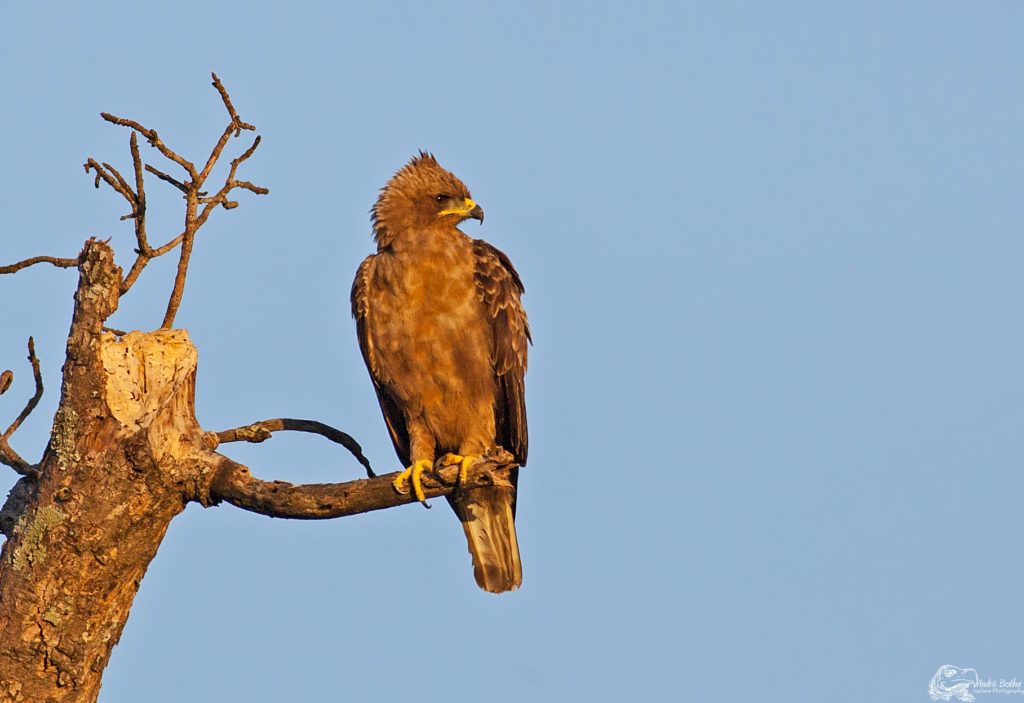
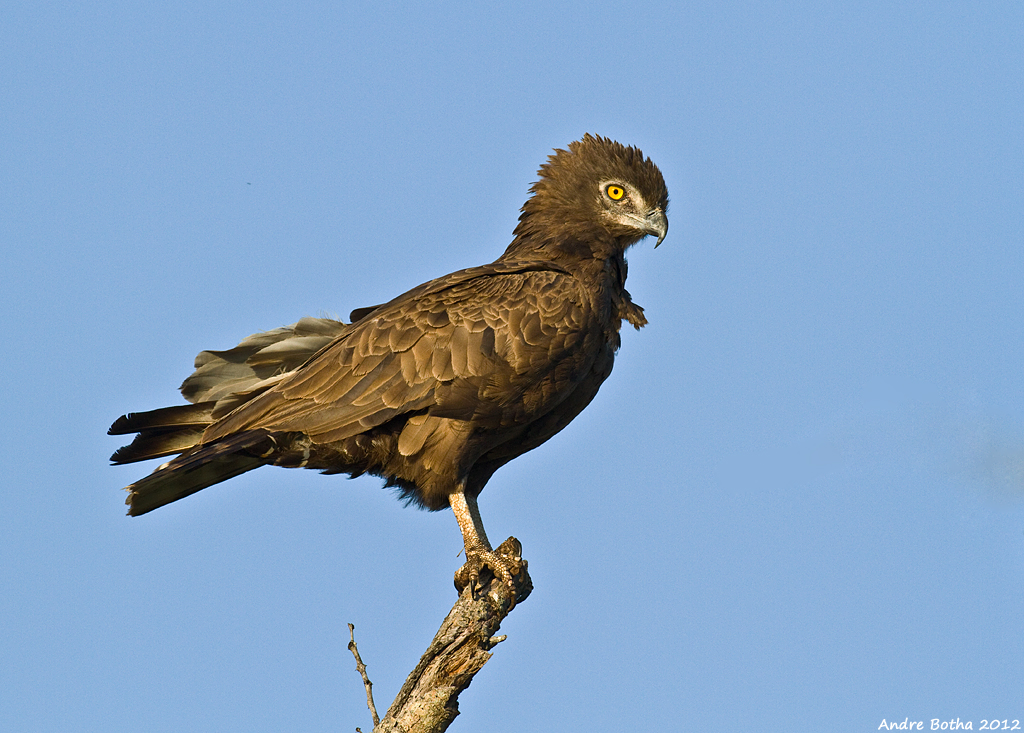
Several other familiar, widespread raptor species are now scarce or absent from unprotected land. They include one of Africa’s most powerful raptors – the Martial Eagle – as well as the highly distinctive Bateleur.
Dr Campbell Murn commented “Africa’s savanna raptors are an incredibly important part of the ecosystems where they live, and their disappearance will likely have major ecological consequences that we do not yet fully appreciate. Ecosystem functioning, cascade effects on other species and consequences for disease ecology are just some of the things we need to be concerned about with the ongoing disappearance of these birds. Conservation solutions for raptors are often distinct, or in addition to, efforts directed at other species like large carnivores and herbivores; we need to underpin these efforts with quality research and implement them quickly.”
Dr Phil Shaw commented: “Since the 1970s, extensive areas of forest and savanna have been converted into farmland, while other pressures affecting African raptors have likewise intensified. With the human population projected to double in the next 35 years, the need to extend Africa’s protected area network – and mitigate pressures in unprotected areas – is now greater than ever”.
Dr Darcy Ogada added: “Africa is at a crossroads in terms of saving its magnificent birds of prey. In many areas we have watched these species nearly disappear. One of Africa’s most iconic raptors, the Secretary bird, is on the brink of extinction. There’s no single threat imperiling these birds, it’s a combination of many human-caused ones, in other words we are seeing deaths from a thousand cuts”.
Professor Ian Newton OBE FRS, FRSE, a world-leading ornithologist who was not involved in the study, commented: “This is an important paper which draws attention to the massive declines in predatory birds which have occurred across much of Africa during recent decades. This was the continent over which, only 50 years ago, pristine populations of spectacular raptors were evident almost everywhere, bringing excitement and wonder to visitors from many parts of the world. The causes of the declines are many – from rampant habitat destruction to growing use of poisons by farmers and poachers and expanding powerline networks – all ultimately due to expansions in human numbers, livestock grazing and other activities. Let us hope that more research can be done and, more importantly, that these birds can be protected over ever more areas, measures largely dependent on the education and goodwill of local people.”
Raptors of all sizes lead an increasingly perilous existence on Africa’s unprotected land, where suitable habitat, food supplies and breeding sites have been drastically reduced, and persecution from pastoralists, ivory poachers and farmers is now widespread. Other significant threats include unintentional poisoning, electrocution on power poles and collision with powerlines and wind turbines, as well as killing for food and belief-based uses.
The late Dr Jean Marc Thiollay laid the foundation for this study in the 1970s, by initiating a remarkable long-term monitoring effort in West Africa, where the average decline rate was more than twice that of other regions. The Peregrine Fund’s Dr Ralph Buij, who has re-surveyed some of the original areas, noted that: “the human footprint is particularly high throughout West Africa’s savannas, and the near complete disappearance of many raptors outside that region’s relatively small and fragmented protected area network reflects an ecological collapse that is increasingly affecting other parts of the continent. Some raptors that occur mostly in West Africa, such as the little-known Beaudouin’s Snake-eagle, are vanishing into oblivion.”
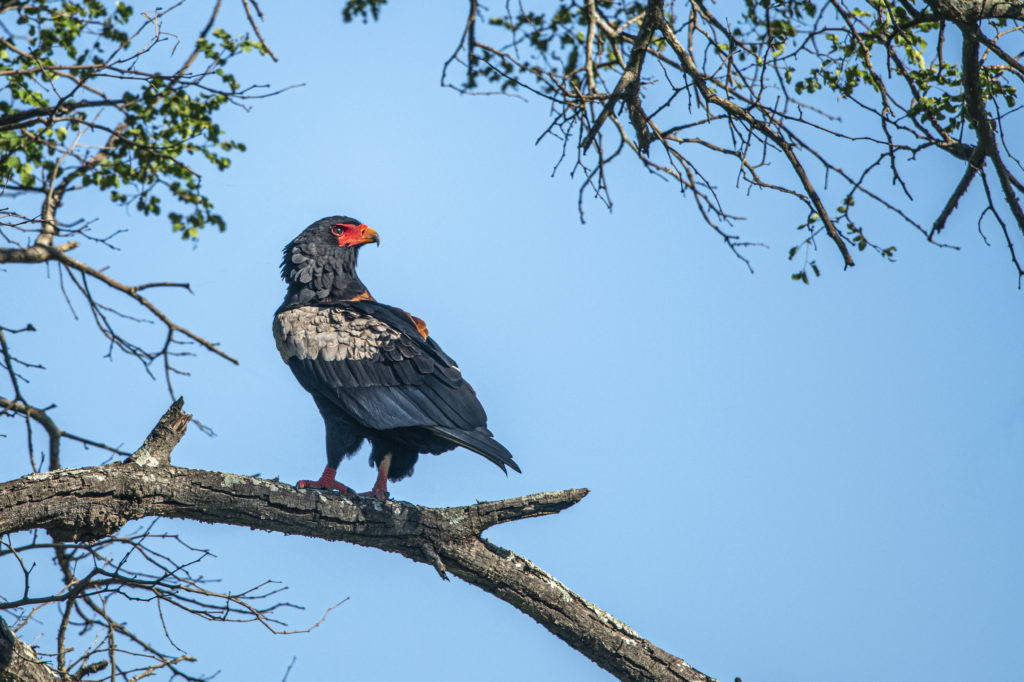
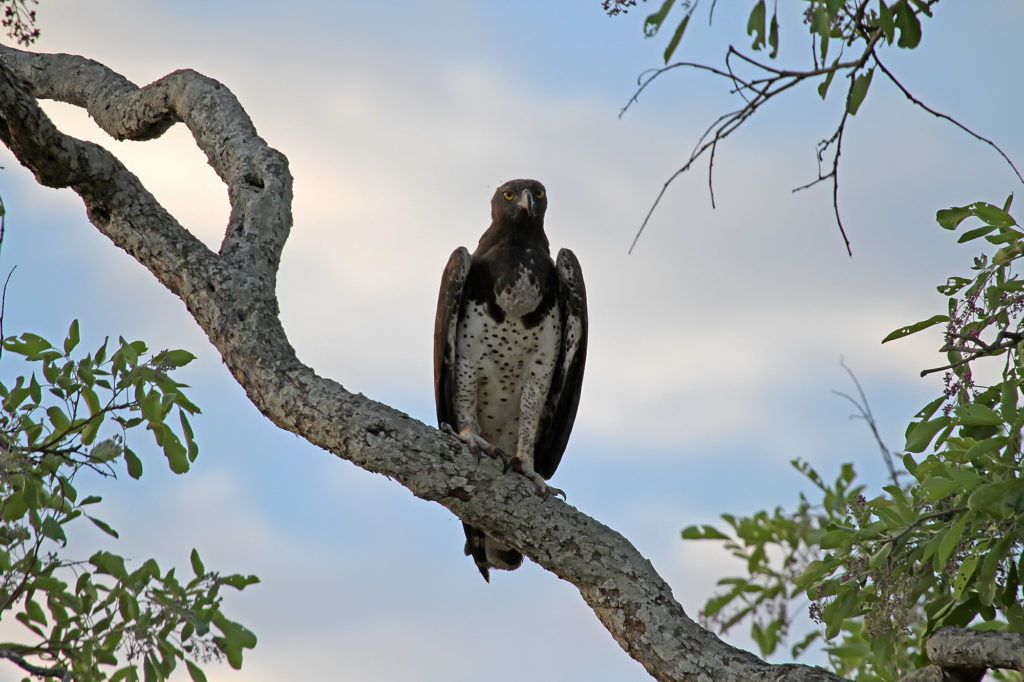
The study’s findings highlight the importance of strengthening the protection of Africa’s natural habitats and aligns with the Convention on Biological Diversity’s COP15 goal of expanding conservation areas to cover 30% of land by 2030. They also demonstrate the need to restore natural habitats within unprotected areas, reduce the impact of energy infrastructure, improve legislation for species protection, and establish long-term monitoring and evaluation of the conservation status of African raptors. Crucially, there is a pressing need to try to increase public involvement in raptor conservation efforts.
To this end, the study’s authors have developed the African Raptor Leadership Grant to address the immediate need for more research and conservation programmes. It supports educational and mentoring opportunities for emerging African scientists, boosting local conservation initiatives and knowledge of raptors across the continent. This initiative, which was launched in 2023, awarded its first grant to Joan Banda, a raptor research student at AP Leventis Ornithological Research Institute in Nigeria, who will be studying threats to African owls.
The article can be found here.
If you would like to support in funding for the grant please donate to our JustGiving page.






